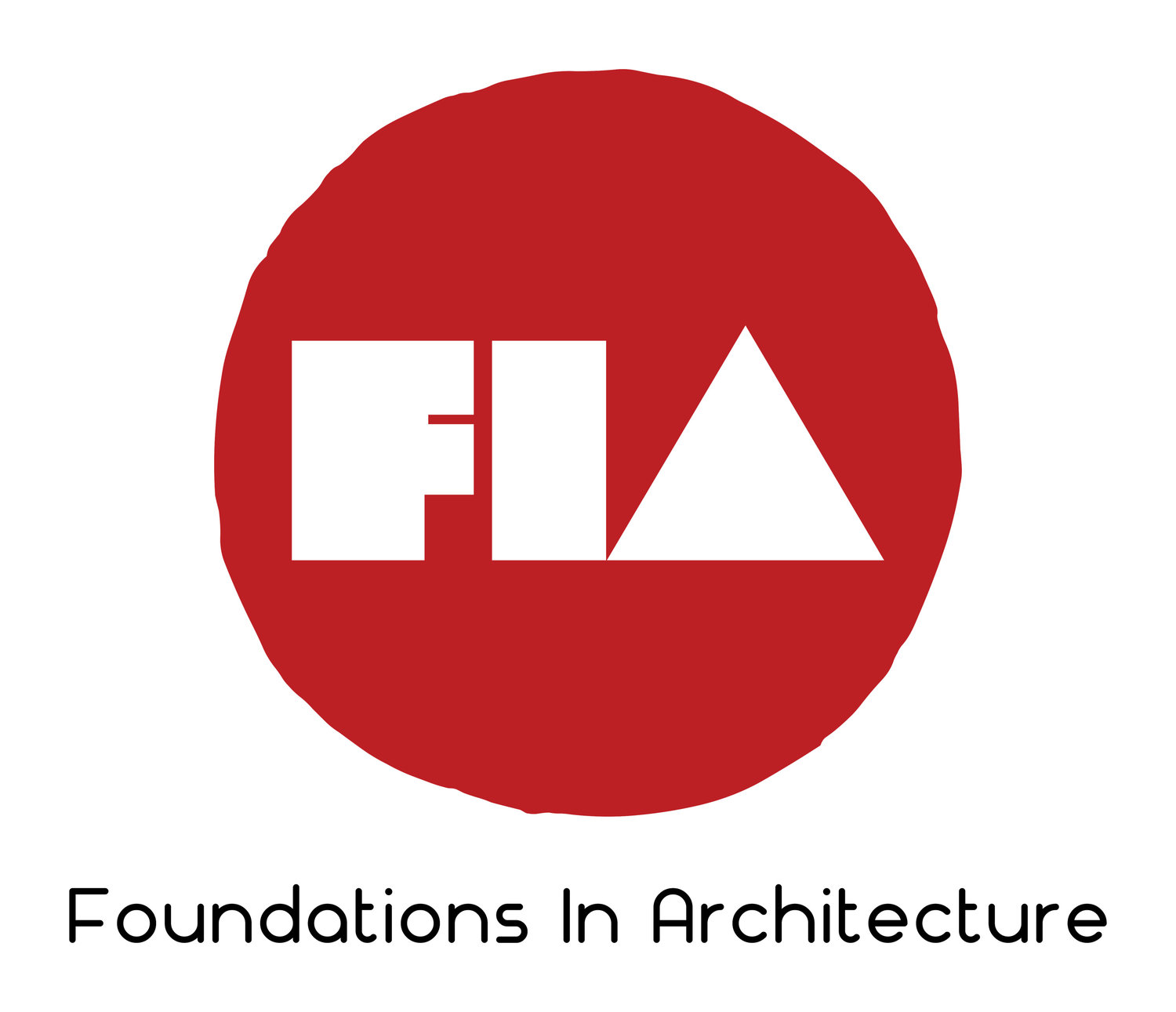The Architecture of Ancient Rome adopted the external Greek architecture for their own purposes, which were so different from Greek buildings as to create a new architectural style. The two styles are often considered one body of classical architecture.
Story of Architecture Reading
Ancient Rome
Pages 30-35
Your Architecture Handbook
Urban and regional planning
General Questions to discuss
1. What are several advantages to living in an urban area, in a suburban area, or in a rural area?
2. What are several disadvantages to living in an urban area, in a suburban area, or in rural area?
Project: Census Data
United States Census data for your hometown
The website of the United States Census Bureau is easily searchable by zip code, city, county, state, and the entire nation. You should compile information on the changes in your local area over the last 10 years. The census data includes statistics for many factors related to architecture and the built environment, including population density, housing types, age of housing units, how workers commute, and the length of their commute. All these factors determine why your community looks the way it does and how it functions.
census.gov
Project: Local Historical Maps
Using historical data
How has your community changed over time? The American Memory Collection on the website of the Library of Congress has an easy to use and searchable database. The site has historical city maps and city photographs from many areas throughout the country and around the world. Search the database for your city, town, or community and see if there is any images. Compare those images to satellite images on a map service such as Google Maps or Mapquest. See if there is expansion or reduction in the community.
Bowling Green, KY is where our office is located. You can see the original map and a recent satellite map. You can see some similarities starting with the downtown park. What is different in your community?


